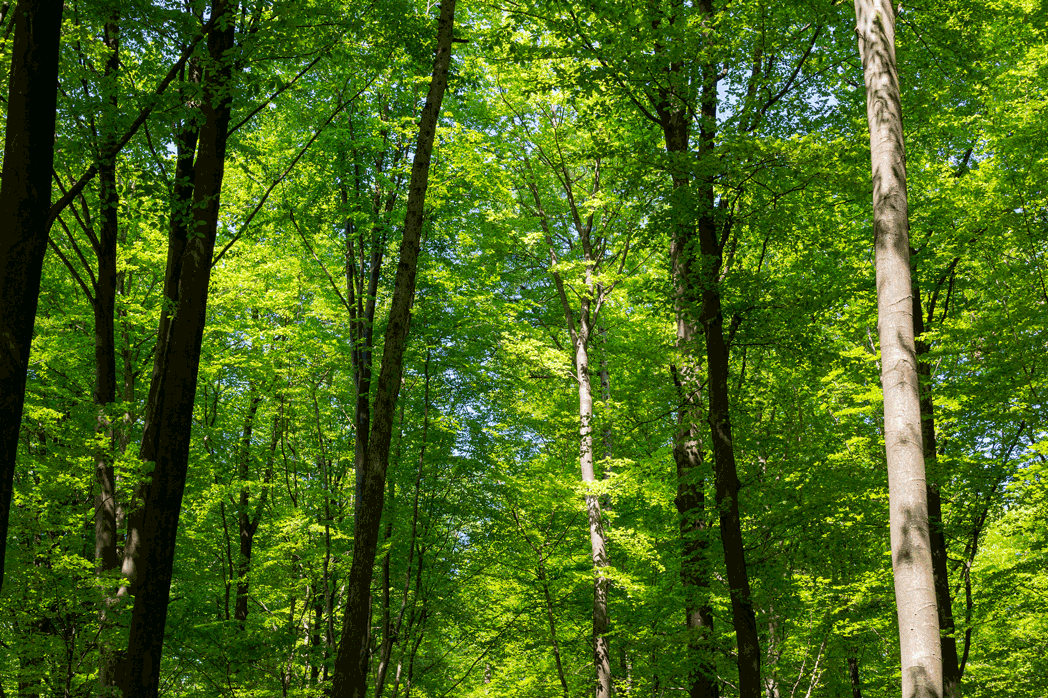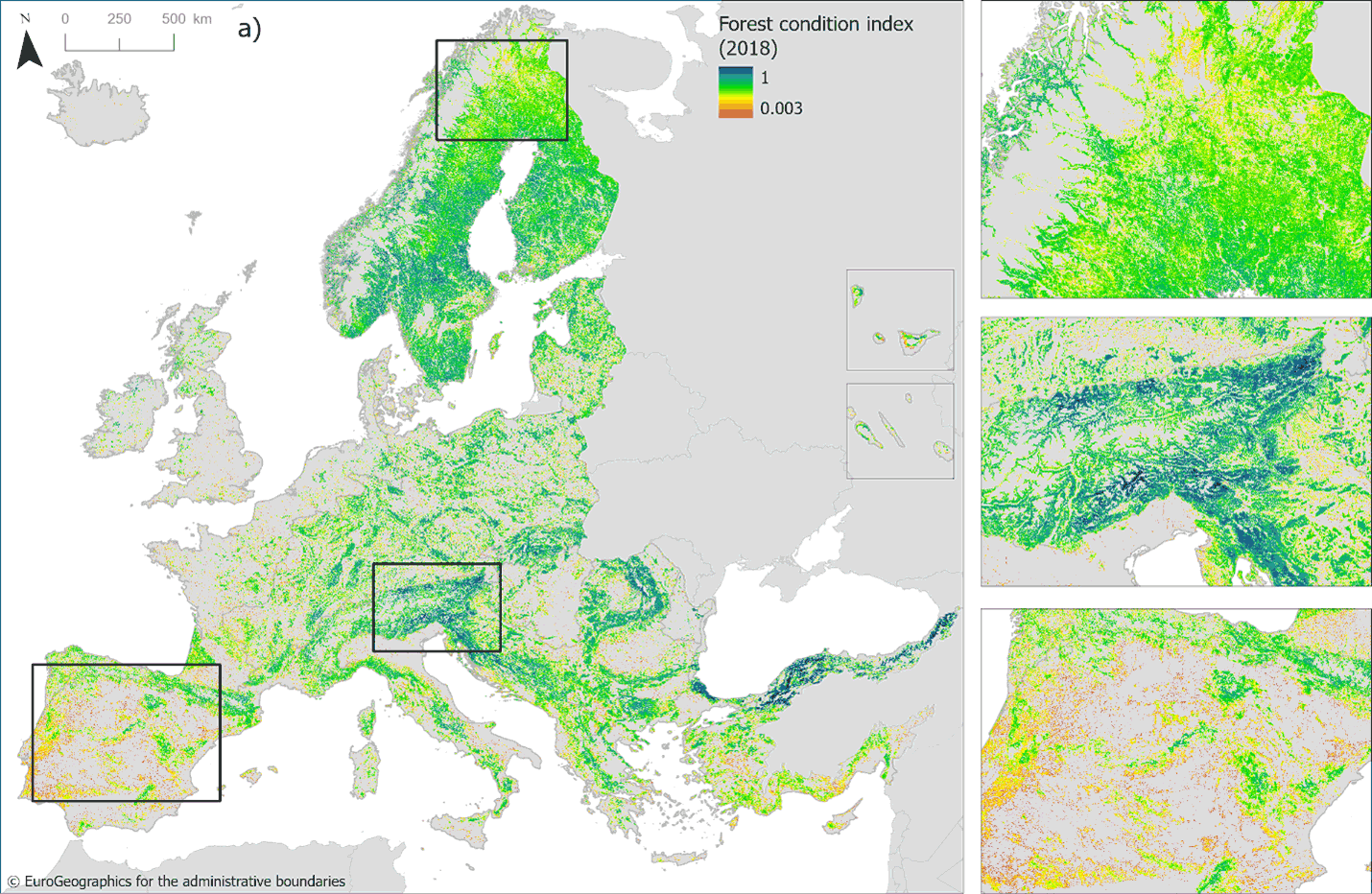Healthy forests are our key ally in our fight against climate change. European forests absorb almost 10% of all the greenhouse gasses that are emitted every year making forests essential in achieving a net-zero economy. In addition, forests make regions resilient to climate change. They regulate water and thus mitigate floods and droughts, or they help cool down cities and towns during heatwaves. But forests do much more than delivering climate services. They are important habitats for protected plant and animal species, they are a source of economic activity, and they provide people with opportunities for recreation. All these ecosystem services depend on well-functioning forests.
- 28 June 2023

But how do we know which forests are in good shape and which forests need restoration? Researchers from DG REGIO, the Joint Research Centre and the Juan Carlos University of Madrid addressed this question in a recently published article and they used the UN’s system of national accounts to do so.
National accounts measure economic activity of countries including gross domestic product (GDP). These economics statistics can be complemented with ecosystem accounts that organise and track biological information about ecosystems and show how nature supports economic activity. These ecosystem accounting rules, since 2021 recognised by the UN as an international statistical standard, have been used to map and assess the health of Europe’s forests.
Forests can be analysed in the same way as a doctor examines the general health of a patient. Doctors measure almost invariantly heartbeat and blood pressure, compare the observations with values expected for a healthy person, and use this information to make a decision on the patient’s health. Forest doctors do the same, but evidently, they measure other variables: available water, organic carbon in the soil, birds, tree cover, forest productivity, connectivity with other forests and naturalness. Taken together, these indicators provide a comprehensive forest health checklist. The condition of forests is then given a value between 0 and 1 where 0 means a degraded forest and 1 stands for a natural, primary or protected forest.
The forest health assessments shows that European forests are productive and well connected to other forests or natural areas. But they hold too low levels of organic carbon in their soils and too few threatened bird species in their trees. Forests in the Mediterranean region and on the Atlantic plain stretching from France to Denmark are worse off than other forests in Europe. Forests that cover mountains are often in the best condition (see Map).
The development of maps and accounts that describe the condition of forests are useful to support cohesion policy objectives, in particular the goal of a greener, low carbon Europe. Protecting and restoring forests is still overlooked as a solution to climate change mitigation and adaptation. Under Cohesion policy programmes for 2021-2027, investments of more than EUR 22 billion are planned in biodiversity action of which around EUR 16.8 billion is EU funding. The forest accounts can help member states decide where to invest in the restoration of degraded forest ecosystems.

